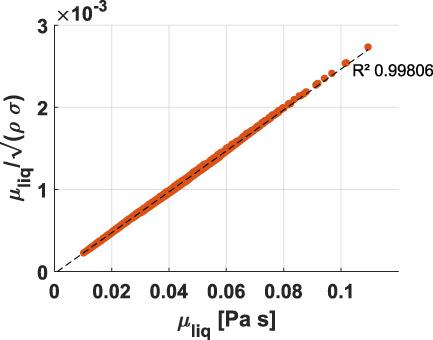当前位置:
X-MOL 学术
›
Steel Res. Int.
›
论文详情
Our official English website, www.x-mol.net, welcomes your
feedback! (Note: you will need to create a separate account there.)
Critical Assessment of the Applicability of the Foaming Index to the Industrial Basic Oxygen Steelmaking Process
Steel Research International ( IF 1.9 ) Pub Date : 2020-07-16 , DOI: 10.1002/srin.202000282 Lotte De Vos 1 , Vincent Cnockaert 1 , Inge Bellemans 1 , Carina Vercruyssen 2 , Kim Verbeken 1
Steel Research International ( IF 1.9 ) Pub Date : 2020-07-16 , DOI: 10.1002/srin.202000282 Lotte De Vos 1 , Vincent Cnockaert 1 , Inge Bellemans 1 , Carina Vercruyssen 2 , Kim Verbeken 1
Affiliation

|
The goal of this work is to assess the applicability of the concept of a “slag foaming index” on industrial data. For this purpose, process data from the steel plant of ArcelorMittal Ghent are used. An acoustic measurement is used to identify the heats with high levels of slag foaming. A model based on process data is developed to estimate the slag's composition during the converter process. The results of this model, together with industrial data on the slag's end composition, are used as input to calculate the slag's viscosity, density, and surface tension. Subsequently, the calculated foaming indices are compared with the acoustic measurements from industry. No distinct link between the calculated foaming index and the slopping behavior of the industrial slag is observed. Furthermore, it is observed that the slag's viscosity is the dominant parameter in the foaming index for the industrial slags. In conclusion, it seems that the calculated foaming index cannot be used as a tool to identify foamy slags within the considered industrial context.
中文翻译:

发泡指数在工业基础氧气炼钢工艺中的适用性的严格评估
这项工作的目的是评估“矿渣发泡指数”这一概念在工业数据上的适用性。为此,使用了ArcelorMittal Ghent钢铁厂的过程数据。声学测量用于识别炉渣泡沫程度高的热量。开发了基于过程数据的模型,以估算转炉过程中炉渣的成分。该模型的结果,以及有关炉渣最终成分的工业数据,被用作输入来计算炉渣的粘度,密度和表面张力。随后,将计算出的发泡指数与行业的声学测量结果进行比较。在计算的泡沫指数和工业炉渣的倾斜行为之间没有观察到明显的联系。此外,观察到炉渣' 粘度是工业炉渣起泡指数的主要参数。总之,似乎不能将计算出的发泡指数用作在所考虑的工业范围内识别泡沫渣的工具。
更新日期:2020-07-16
中文翻译:

发泡指数在工业基础氧气炼钢工艺中的适用性的严格评估
这项工作的目的是评估“矿渣发泡指数”这一概念在工业数据上的适用性。为此,使用了ArcelorMittal Ghent钢铁厂的过程数据。声学测量用于识别炉渣泡沫程度高的热量。开发了基于过程数据的模型,以估算转炉过程中炉渣的成分。该模型的结果,以及有关炉渣最终成分的工业数据,被用作输入来计算炉渣的粘度,密度和表面张力。随后,将计算出的发泡指数与行业的声学测量结果进行比较。在计算的泡沫指数和工业炉渣的倾斜行为之间没有观察到明显的联系。此外,观察到炉渣' 粘度是工业炉渣起泡指数的主要参数。总之,似乎不能将计算出的发泡指数用作在所考虑的工业范围内识别泡沫渣的工具。











































 京公网安备 11010802027423号
京公网安备 11010802027423号